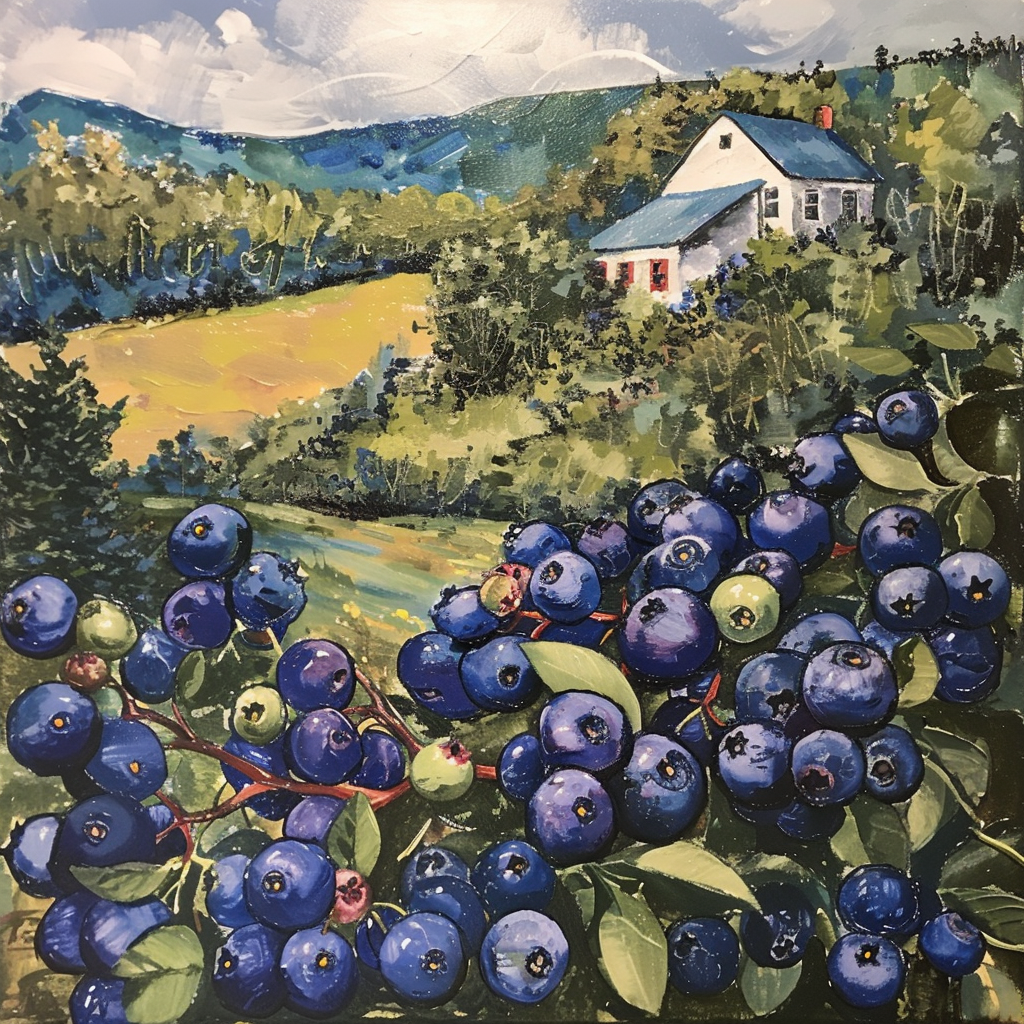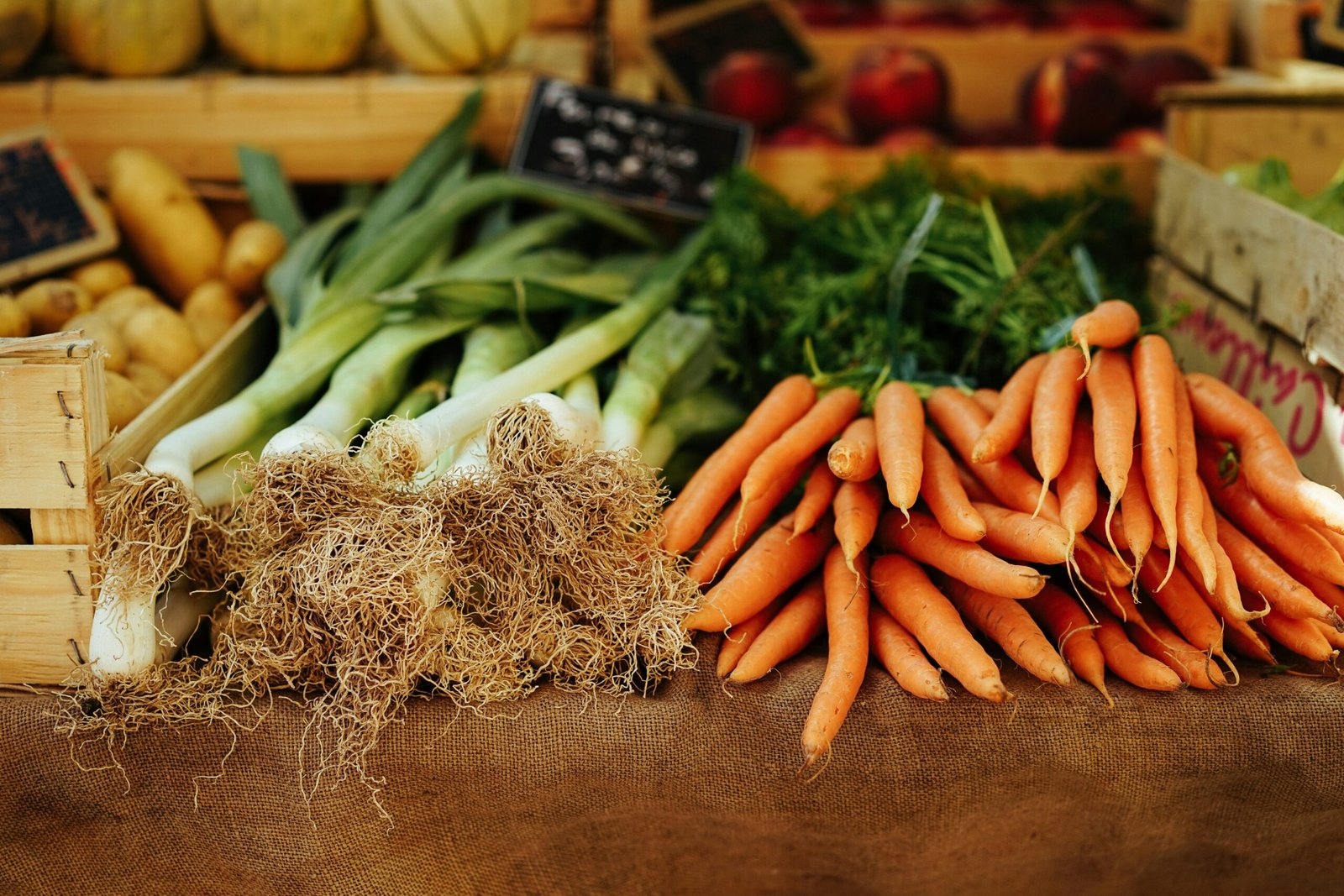Introduction
Blueberries are delicious little bursts of flavor that are loved by many. But did you know that there are two main types of blueberries? Wild blueberries, as the name suggests, grow in the wild, while cultivated blueberries are grown on farms. In this blog post, we will explore the differences between these two types of blueberries, including their taste profiles, nutritional differences, growing conditions, and the foraging experience. So, let’s dive in and discover the unique qualities of each!
Taste Profiles
When it comes to taste, wild blueberries are often described as more intense and complex compared to their cultivated counterparts. They have a sweet and tangy flavor that is hard to resist. Cultivated blueberries, on the other hand, tend to be larger and milder in taste. While some people prefer the boldness of wild blueberries, others enjoy the subtle sweetness of cultivated ones. It all comes down to personal preference and the kind of flavor experience you’re looking for.
Nutritional Differences
Both wild and cultivated blueberries are packed with nutritional goodness, but there are some differences to note. Wild blueberries have been found to contain higher levels of antioxidants, specifically anthocyanins, which give them their deep blue color. These antioxidants have been linked to various health benefits, including reducing inflammation and improving brain function. However, cultivated blueberries still offer a significant amount of antioxidants and are a great source of vitamins and fiber.
Growing Conditions
Wild blueberries thrive in natural habitats, such as forests and open fields. They have adapted to grow in acidic soil and are often found in regions with cooler climates. Cultivated blueberries, on the other hand, are grown on farms under controlled conditions. They require specific soil pH levels and are typically cultivated in regions with milder climates. The controlled environment allows farmers to optimize growth and yield, resulting in larger berries that are more uniform in size.
The Foraging Experience
Foraging for wild blueberries is a delightful experience that connects you with nature. There’s something magical about stumbling upon a patch of wild blueberries and picking them straight from the bush. It’s a rewarding activity that allows you to enjoy the fruits of your labor, quite literally. On the other hand, cultivating blueberries can be a fulfilling endeavor for homesteaders. It gives you control over the growing conditions and allows you to harvest a bountiful supply of blueberries right in your backyard.
Incorporating Wild Blueberries into Homesteading Practices
If you’re a homesteader or aspiring to be one, incorporating wild blueberries into your practices can be a great way to enhance your self-sufficiency. Here are a few tips to get you started:
- Identify wild blueberry patches in your area and take note of their location.
- Learn about the best time to harvest wild blueberries to ensure optimal flavor.
- Experiment with different recipes that highlight the unique taste of wild blueberries, such as wild blueberry jam or a wild blueberry pie.
- Consider preserving wild blueberries by freezing or drying them for year-round enjoyment.
- Share your love for wild blueberries with fellow homesteaders and exchange tips and recipes.
Remember, wild blueberries are a precious gift from nature, so always forage responsibly and be mindful of the environment.
Conclusion
Whether you prefer the intense flavors of wild blueberries or the milder taste of cultivated ones, both types have their own unique qualities to appreciate. Understanding the differences in taste profiles, nutritional benefits, growing conditions, and the foraging experience can help you make an informed choice. So, go ahead and explore the world of blueberries, whether you decide to forage for wild ones or cultivate your own. Either way, you’re in for a berry delightful experience!





